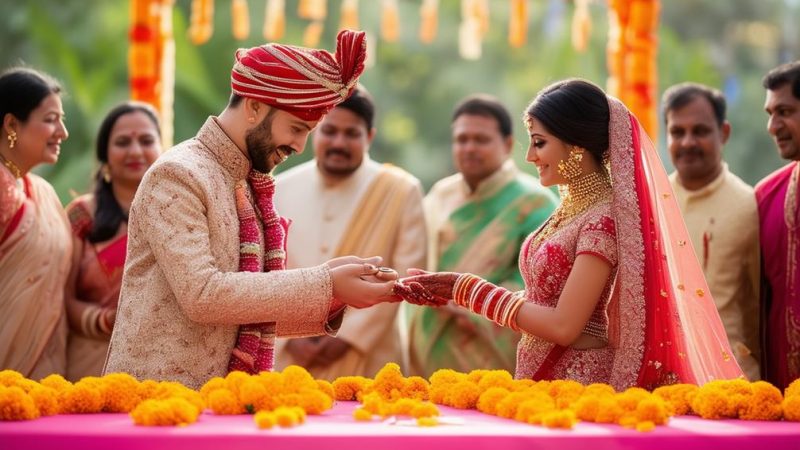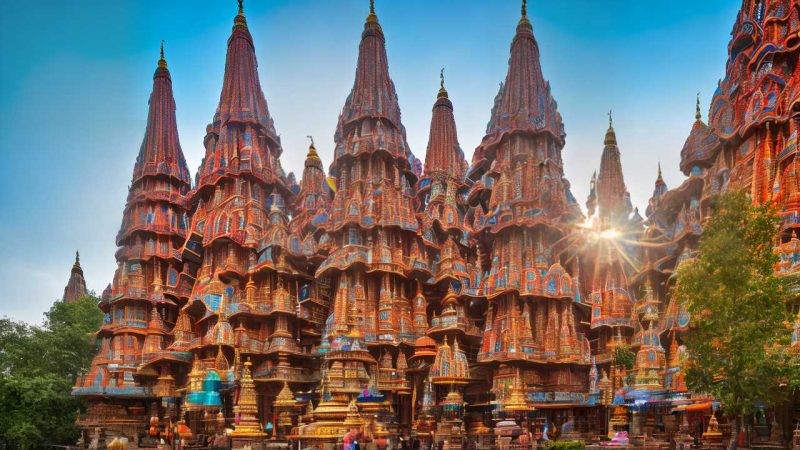The Bloodthirsty Night Vampire Myths in Hindu Lore

Hindu stories are full of gods, demons, and heroes. Among them, there are tales about creatures similar to vampires that come out at night to feed on blood. These stories are not the main focus of Hindu myths, but they are still important.
For example, Vetala are spirits that take over dead bodies so they can walk the earth again. Rakshasas are powerful demons that drink blood. Then there are Pisachas, who eat flesh, and Churels, angry female spirits who also crave blood.
These different beings show how the people of Hindu culture thought about life, death, and what comes after. When we read these old stories, we might think about what they mean. Are they just ways to talk about life and people, or do they tell us something true about Hindu beliefs? These vampire myths are not only scary stories. They help us understand the values and questions of an ancient culture.
When we look at these myths, we should think about how they make the Hindu view of life and death more clear. For example, the Vetala may represent the idea that life continues after death in some form. In conversations about these myths, we can use them as specific examples to show how every culture tries to understand things that are mysterious or scary.
Unveiling the Vetala Legend
In Hindu stories, the Vetala is a spooky creature that can take over dead bodies. It’s not just a scary ghost; it’s part of old Indian stories about life and death. The Vetala shows up in an important book called ‘Vetala Panchavimshati,’ which is a bunch of stories that show how clever and smart the Vetala can be. It’s different from the vampires in Western stories because it doesn’t just want blood. It actually talks with the person who caught it, King Vikramaditya. This isn’t just chit-chat; it’s deep questions about right and wrong. The Vetala uses these puzzles to make us think about big ideas like what it means to be alive and what happens after death.
When we talk about the Vetala, we realize it’s a key part of Hindu culture. It’s not just there to scare people. The stories about the Vetala make us think. For example, when it talks with King Vikramaditya, it’s not trying to escape or fight. Instead, it asks tricky questions that make the king and the readers think hard about their choices and beliefs. This way, the Vetala is more than just a ghost; it’s a way to explore big questions about being human.
Rakshasas: Demonic Entities
Rakshasas are evil creatures from Hindu stories. They are known for being bad and for wanting to eat people. These creatures often cause trouble in famous stories like the Ramayana and the Mahabharata. They can change their shape, which lets them trick and attack people.
Rakshasas are more than just scary stories; they show us the bad parts of our own minds. When we read about them, we can see how they represent the fight between good and bad. This fight happens in the world and inside all of us.
When a hero fights a rakshasa in a story, it’s like watching someone fight their own bad thoughts or choices. For example, in the Ramayana, the hero Rama fights the rakshasa king Ravana. This battle is not just a fight between two characters; it shows us the importance of being good and doing the right thing.
Pisachas: The Flesh Eaters
In Hindu stories, there are scary beings called pisachas who love to eat human flesh. They are like ghosts that are stuck on Earth, looking ugly and rotting away. Pisachas are bad news because they go against everything that is good and right. They are like the opposite of how people are supposed to act and live.
People who study Hindu myths say pisachas hang out in really sad places where you can feel death around you, like where battles happened or where people are cremated. When people describe pisachas, they talk about how they look scary, smell bad, and like to eat human flesh that’s rotting.
Let me give you an example. Imagine a scary movie scene with a spooky graveyard. That’s the kind of place where you might find pisachas in stories. They would be creeping around, looking for their next meal, and making anyone who sees them feel really scared.
Churels: Vengeful Spirits
Hindu mythology’s pantheon includes the churels, vengeful spirits of women who died under tragic or unnatural circumstances, often during childbirth or due to mistreatment by their families. These spectral entities are deeply rooted in South Asian folklore and embody a confluence of cultural anxieties surrounding death and the societal treatment of women.
Typically depicted as hideous and deformed, churels are said to return from the grave, driven by a profound sense of injustice and a desire for retribution against those who wronged them. Their narratives serve as cautionary tales, warning of the dire consequences of violating moral and societal norms, particularly those pertaining to the treatment of women.
As such, churels are not merely supernatural threats but symbols of the repercussions of societal ills.
Cultural Impact of Vampire Myths
In Hindu stories, vampire legends like the tales about churels are very important. They teach people right from wrong and help shape how they act in their communities. These stories are not just for fun; they carry deep meanings about how people should live together.
For example, they give us lessons about being good, staying clean in our actions, and what could happen if we break the rules.
These vampire stories are more than just scary tales. They hold important messages about what people are afraid of and what they value, especially when it comes to how men and women are supposed to act. They show us the rules of society in a way that’s easy to remember.
For instance, a churel is often a woman who was wronged and comes back as a vampire to get revenge. This story can make people think about how women are treated and the consequences of unfairness.
Conclusion
In summary, Hindu stories are full of creatures that are similar to vampires. These include beings like Vetala, rakshasas, pisachas, and churels. Each one has different scary features and stories that show what people in that culture believe is right or wrong.
These tales are more than just old stories; they help people understand what is considered moral behavior, how they see the spiritual world, and the limits between living and dying.
These myths are still popular because they help us make sense of these big ideas in ways that are easy to remember and talk about.
We strive to present the teachings of Ramana Maharshi and the traditions of Sanatana Dharma with respect and accuracy. Terms like "mythology" are used for ease of understanding and are not meant to diminish the significance of sacred texts.





